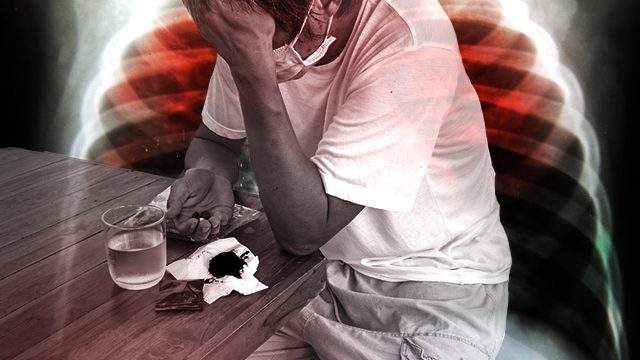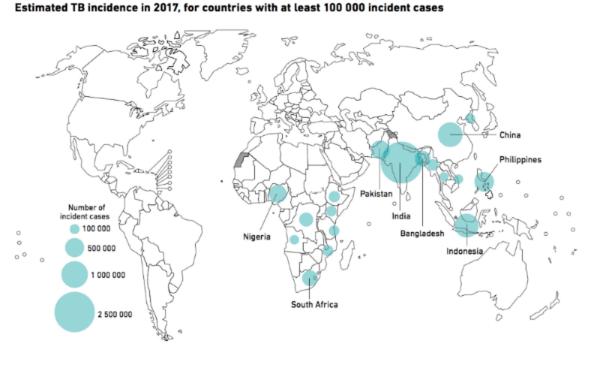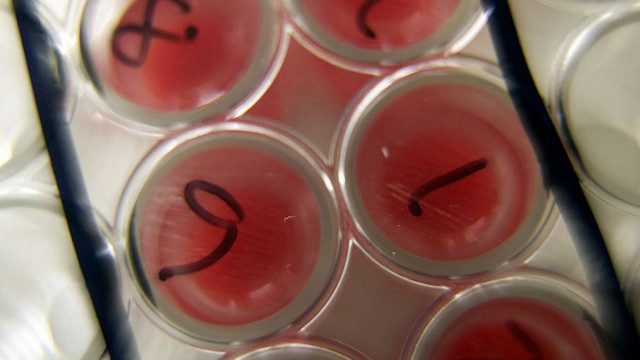SUMMARY
This is AI generated summarization, which may have errors. For context, always refer to the full article.

MANILA, Philippines – Though it kills millions of people yearly and over a quarter of the world’s population carries it, health experts have warned that more needs to be done to end the global tuberculosis (TB) epidemic.
Latest data from the World Health Organization (WHO) showed there were 10 million new cases of the infectious disease recorded worldwide in 2017 – with the Philippines among the top 8 countries that accounted for some 6% of new cases.
According to the Department of Health’s (DOH) 2016 national tuberculosis prevalence survey, about a million Filipinos were estimated to have tuberculosis though they may not even know it.
In addition, prevalence of the disease remained high in the country as the WHO estimated in 2017 there were some 500 new cases per 100,000 people – putting the Philippines at par with countries such as Mozambique and South Africa.
Meanwhile, it is estimated only about half of active TB patients were diagnosed, treated, and notified of the disease. Despite being preventable and curable, TB remains a leading cause of death both in the Philippines and worldwide.
The disease claimed about 1.6 million lives worldwide in 2017. Of this number, some 25,000 were Filipinos, Health Secretary Francisco Duque III said at the United Nations High Level Meeting on tuberculosis in September 2018.
As TB remained the top infectious killer worldwide – killing more people than HIV-AIDS – the Philippines joined other countries in committing to end the global health epidemic by 2030.

In line with this, the DOH and different agencies are gearing up to launch the country’s initiative to end TB.
Not all infectious diseases get as dedicated an effort to seeing it end. So what exactly is tuberculosis and why is the Philippines trying to stamp it out?
Here’s what you need to know. TB is a contagious and airborne disease caused by the Mycobacterium tuberculosis bacteria. It most often affects the lungs, though it can also affect one’s kidney, bones, and liver, among others.
How is it spread? The disease is spread from person to person through the air when infected people cough, sneeze, or spit. According to the WHO, one needs to inhale only a few of these germs to become infected with TB.
However, not everyone infected with the TB bacteria becomes sick. The WHO says those infected with the disease have a 5% to 15% chance of getting sick. Because of this, there are two kinds of TB conditions: latent TB and active TB.
Latent TB means you have been infected by the TB bacteria but are not yet ill with the disease and thus, cannot transmit it. When a person has active TB, they become ill with the disease.

What are its symptoms? According to the United States Center for Disease Control, TB bacteria usually grow in the lungs and may have the following symptoms:
- A bad cough lasting 3 weeks or longer
- Chest pain
- Coughing up blood or sputum (phlegm from deep inside the lungs)
- Weight loss
- Fever
- Night sweats
Individuals with weakened immune systems, including people living with HIV, diabetes, malnutrition, and smokers are more prone to becoming ill with TB.
According to the DOH, the top 3 groups most vulnerable to TB in the Philippines are males and smokers, elderly, and those who were previously treated.

How to prevent the disease? TB is both preventable and curable. The DOH’s National Tuberculosis Control Program usually recommends that patients infected with TB complete 6 consecutive months of TB medication to treat the disease.
It’s important to finish the treatment and medication as failure to do so could lead to drug-resistant TB, which is harder to cure.
As early as 2014, the DOH had already warned drug-resistant TB has been found in the Philippines. The WHO also listed the country among those with a high number of this type of TB.
If left untreated, TB can be fatal.
Lives endangered: In the Philippines, TB remains a major public health concern, with the infectious disease among the top killers of Filipinos for almost a decade now.
In a speech at the UN High Level Meeting on TB held at the UN’s New York headquarters in September 2018, Duque said the disease made it difficult for the Philippines to be among the healthiest countries in Asia.
Moreover, Duque said it is part of the Philippine’s goal of attaining middle income status by 2040.
In a bid to stamp out the disease, the Philippines said it would commit to find and treat some 2.5 million TB cases by 2020. If the country succeeds in doing this, TB incidence in the country can save lives and decrease by up to 23%. – Rappler.com
Add a comment
How does this make you feel?
There are no comments yet. Add your comment to start the conversation.